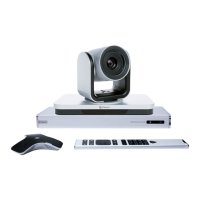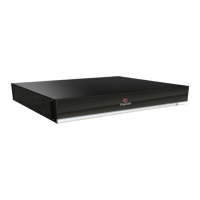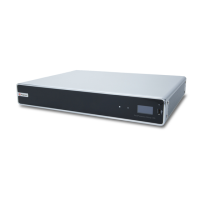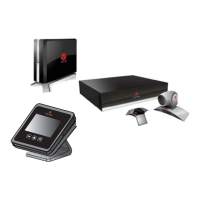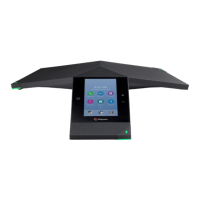Setting Description
SIP Server Configuration Specifies whether to automatically or manually set
the SIP server’s IP address.
If you select Auto, you can’t edit the Transport
Protocol, Registrar Server, and Proxy Server
settings. If you select Specify, you can edit these
settings.
Transport Protocol Sets the protocol your system uses for SIP
signaling (your SIP network determines which
protocol is required).
▪ Auto: Enables automatic negotiation of
protocols in the following order: TLS, TCP, and
UDP. Polycom recommends this setting for
most environments.
▪ TLS: Provides secure SIP signaling. TLS is
available only when you register your system
with a SIP server that supports it. If you set this
option, your system ignores TCP/UDP port
5060.
▪ TCP: Provides reliable transport via TCP.
▪ UDP: Provides best-effort transport via UDP.
Force Connection Reuse Disabled by default (recommended).
When disabled, the system uses an ephemeral
source port for outgoing SIP messages. When
enabled, the system uses the active SIP listening
port as the source port (5060 or 5061, depending
on the negotiated SIP transport protocol in use).
You can use this setting to establish correct
operation with remote SIP peer devices, which
require that the source port match the contact port
in SIP messages.
Configuring Network Settings
Polycom, Inc. 37

